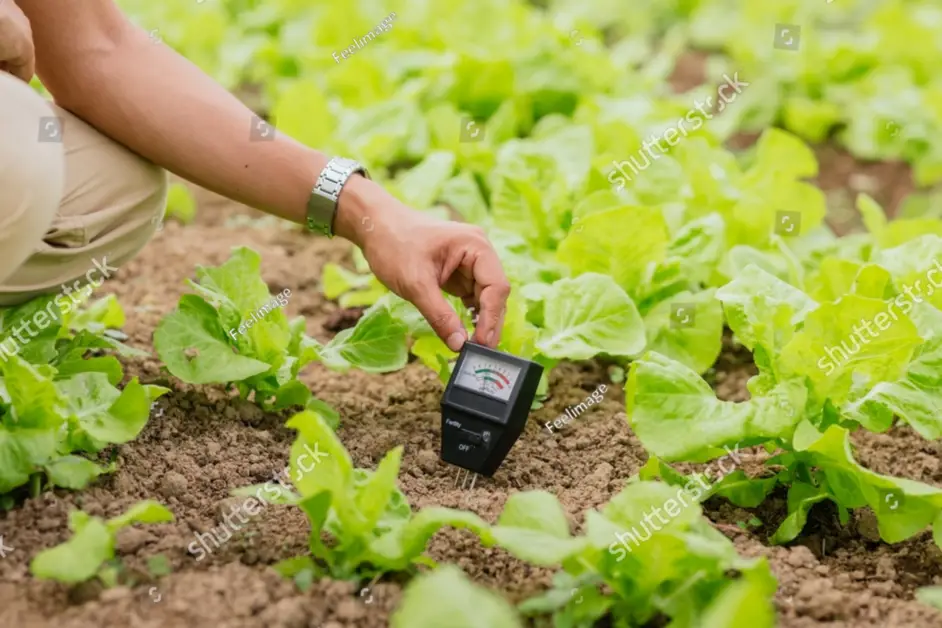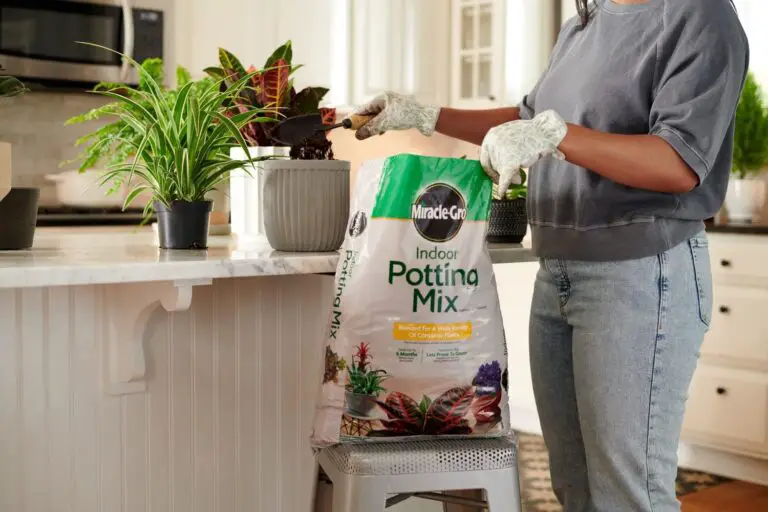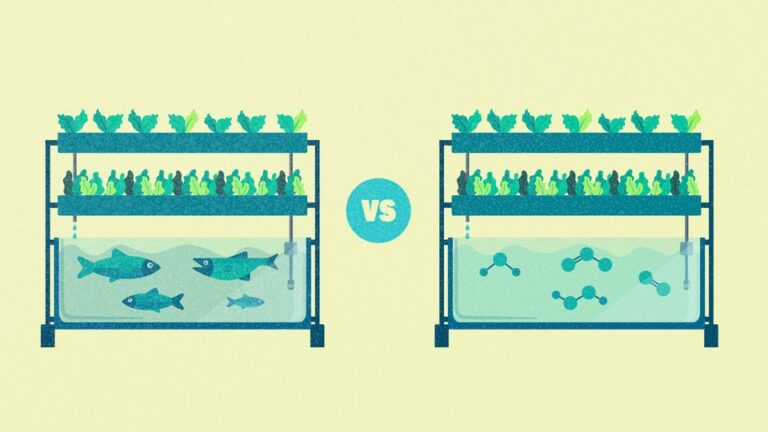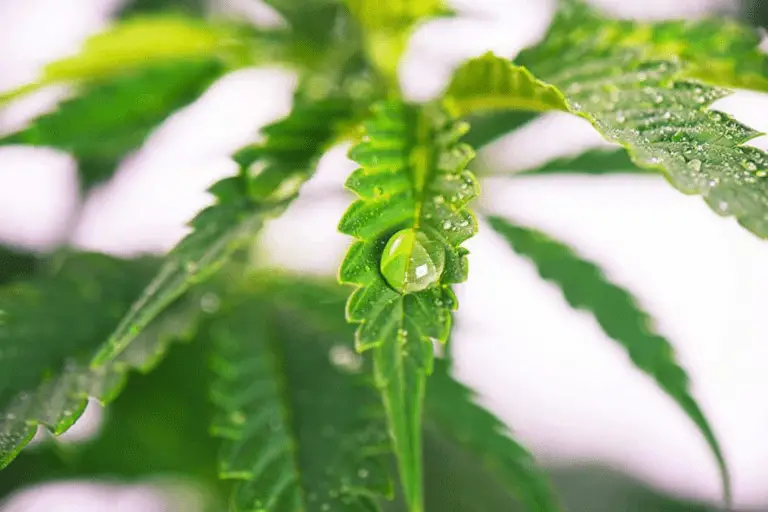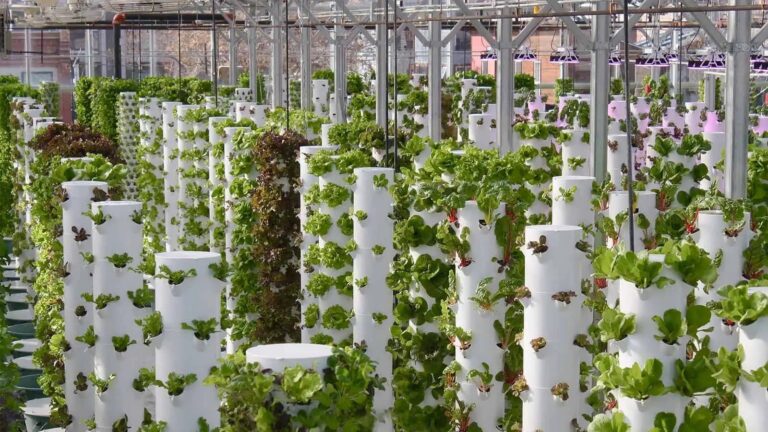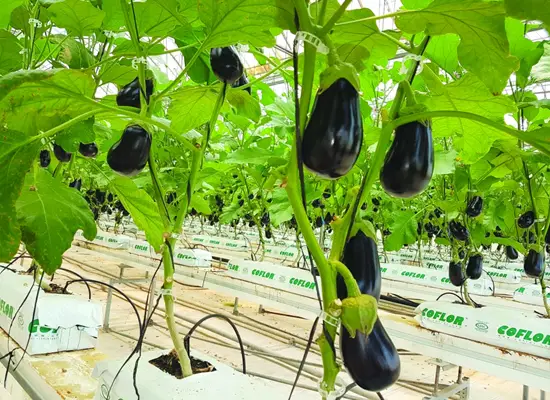Measuring EC, pH, DO, and Temperature in Your Hydroponic Garden Made Easy
Table of Contents
Tips for Calibrating and Maintaining pH Meters in Hydroponic Systems
pH meters are essential for maintaining the optimal conditions for plant growth in hydroponic systems. However, their accuracy and reliability can diminish if not properly calibrated and maintained. To ensure precise readings and reliable data, here are some tips for calibrating and maintaining pH meters in hydroponic systems.
Firstly, regular calibration is crucial for pH meters to maintain accuracy. It is recommended to calibrate the meter before each use, ideally at least once a month. To calibrate, prepare buffer solutions with known pH values, typically pH 4.0, pH 7.0, and pH 10.0. Immerse the electrode of the pH meter into the appropriate buffer solution, allowing it to stabilize for the recommended time stated in the device’s instructions. Adjust the calibration knobs or buttons until the meter displays the correct pH value for each buffer solution. Remember to rinse the electrode with distilled water between each calibration to avoid cross-contamination.
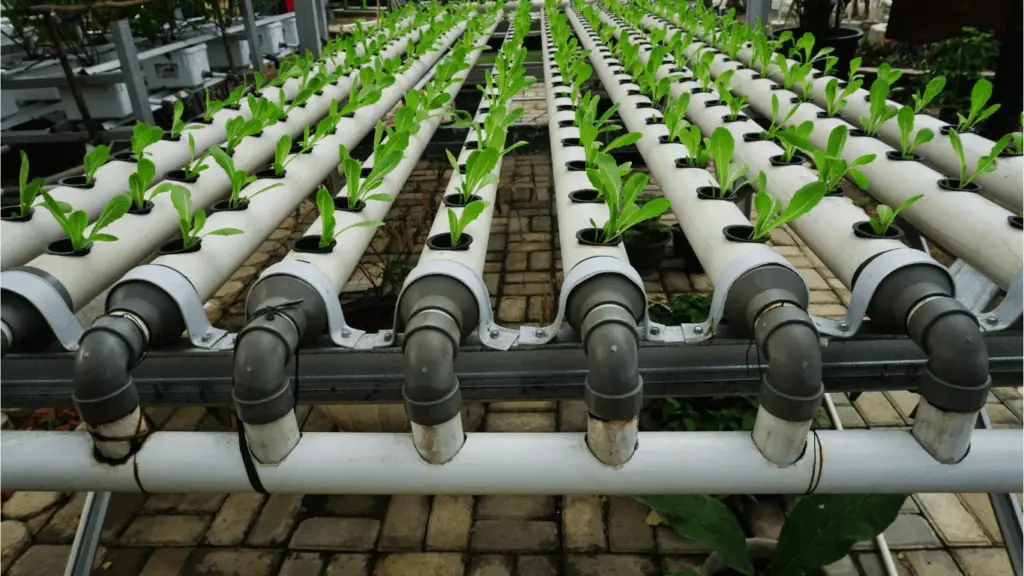
In addition to regular calibration, proper maintenance of pH meters is vital for their longevity and accuracy. After each use, it is essential to clean the electrode with a soft brush or cloth and rinse it with distilled water. Avoid using tap water or chemical cleaners as they can damage the sensitive glass membrane. Store the pH meter in a protective case or holder that keeps the electrode submerged in a storage solution recommended by the manufacturer. This ensures the electrode remains hydrated and prevents it from drying out, which can cause inaccurate readings. By following these tips, hydroponic gardeners can maintain pH meters in optimal working condition, allowing for precise monitoring of the nutrient solution’s acidity levels in their systems.
• Regular calibration is crucial for maintaining accuracy
• Calibrate before each use and ideally once a month
• Prepare buffer solutions with known pH values (pH 4.0, pH 7.0, and pH 10.0)
• Immerse the electrode in the appropriate buffer solution
• Allow it to stabilize for the recommended time stated in the instructions
• Adjust calibration knobs or buttons until the correct pH value is displayed
• Rinse the electrode with distilled water between each calibration
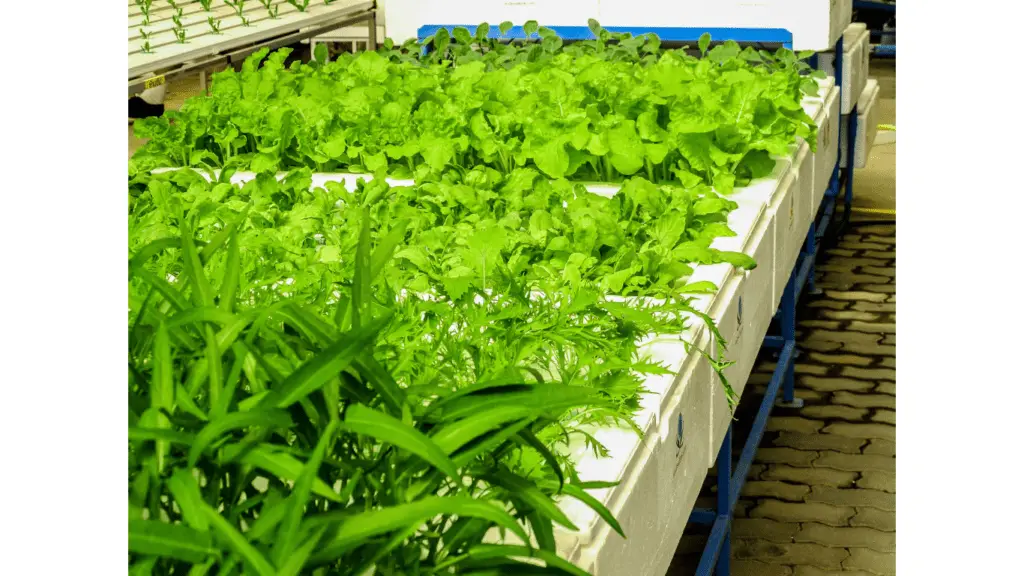
Proper maintenance of pH meters is vital for longevity and accuracy:
• Clean the electrode after each use with a soft brush or cloth
• Rinse with distilled water
• Avoid tap water or chemical cleaners that can damage glass membrane
• Store meter in protective case or holder
• Keep electrode submerged in manufacturer-recommended storage solution
By following these tips, hydroponic gardeners can maintain their pH meters in optimal working condition, ensuring precise monitoring of nutrient solution acidity levels.
Preventing and Address
pH meters are crucial tools for accurate monitoring and control of nutrient solutions in hydroponic systems. However, they can become less reliable if not properly maintained and calibrated. One common issue is electrode contamination, which can lead to inaccurate pH readings. To prevent this, it is important to rinse the electrode with distilled water before and after each use and to store it in a storage solution when not in use. Regularly checking and adjusting the pH meter calibration is also essential for accurate readings. This can be done by using a pH buffer solution of known pH value and adjusting the meter accordingly. By following these preventive measures, you can ensure that your pH meter remains accurate and reliable, enabling you to maintain optimal pH levels in your hydroponic system.
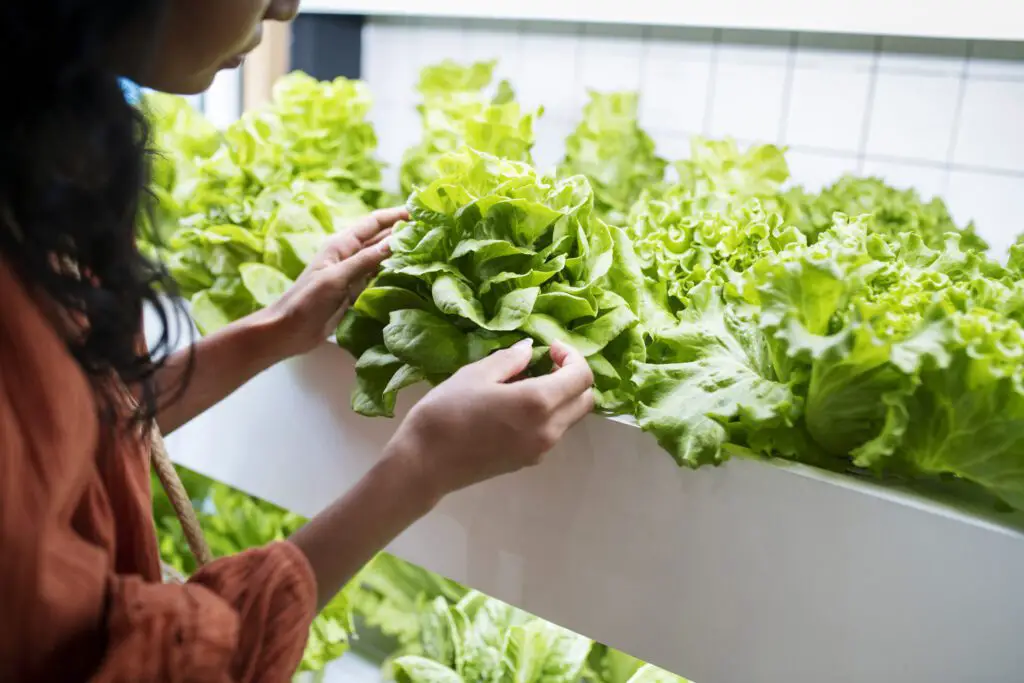
If your pH meter starts showing erratic readings or becomes unresponsive, troubleshooting may be necessary to address the issue. One common problem is a worn-out or damaged electrode. In this case, replacing the electrode with a new one will often resolve the issue. Another potential problem could be a dead battery, which can easily be replaced. Inspecting the cables and connectors for any signs of damage or corrosion is also recommended. If the issue persists after these checks, it may be necessary to consult the manufacturer’s manual or seek assistance from a professional to diagnose and fix the problem. By promptly addressing and resolving any issues with your pH meter, you can ensure accurate pH measurements and maintain optimal conditions for the health and growth of your hydroponic plants.
• Rinse the electrode with distilled water before and after each use
• Store the electrode in a storage solution when not in use
• Regularly check and adjust the pH meter calibration using a pH buffer solution of known pH value
• Replace worn-out or damaged electrodes to resolve erratic readings
• Check and replace dead batteries if necessary
• Inspect cables and connectors for damage or corrosion
• Consult the manufacturer’s manual or seek professional assistance if issues persist.
How often should pH meters be calibrated in hydroponic systems?
pH meters should be calibrated before each use to ensure accurate readings.
What are some common calibration solutions for pH meters in hydroponic systems?
Common calibration solutions for pH meters in hydroponic systems include pH 4.01, pH 7.00, and pH 10.01 buffer solutions.
Can I use distilled water for calibrating pH meters in hydroponic systems?
No, distilled water is not suitable for calibrating pH meters as it does not have a known pH value. It is recommended to use pH buffer solutions.
How do I clean a pH meter in a hydroponic system?
To clean a pH meter, rinse it with distilled water after each use and wipe the electrode with a soft cloth or tissue. Avoid using abrasive materials or chemicals that can damage the electrode.
What is the ideal pH range for hydroponic systems?
The ideal pH range for hydroponic systems generally falls between 5.5 and 6.5, but it can vary depending on the specific plants being grown. It is important to research the optimal pH range for the plants you are cultivating.
How often should pH meters be maintained in hydroponic systems?
pH meters should be properly maintained regularly. This includes cleaning the electrode, storing it in a proper solution, and checking for any signs of damage or wear.
What are the consequences of not calibrating pH meters in hydroponic systems?
Not calibrating pH meters can lead to inaccurate pH readings, which can affect the nutrient uptake of plants and potentially result in poor growth, nutrient deficiencies, or even plant death.
Can I use a pH meter for both nutrient solution and water pH measurements in hydroponic systems?
Yes, pH meters can be used to measure both nutrient solution and water pH in hydroponic systems. However, it is important to clean and calibrate the meter before each use to ensure accurate readings.
Are there any additional maintenance steps for pH meters in hydroponic systems?
In addition to regular calibration and cleaning, it is recommended to store pH meters in a proper storage solution to keep the electrode hydrated and prolong its lifespan. Also, regularly check the electrode for any signs of wear or damage and replace if necessary.

Kanike Sreekanth, a prolific writer at SouthElMonteHydroponics, brings a unique blend of creativity and scientific rigor to the table. With a degree in Horticulture from a prestigious institution, Kanike’s expertise spans hydroponic farming, plant biology, and agricultural sustainability. Their passion for exploring innovative cultivation methods and promoting environmental stewardship drives them to uncover new insights in the realm of hydroponics. Kanike’s writing serves as a conduit for sharing their knowledge and inspiring others to embrace alternative farming practices for a more sustainable future.

